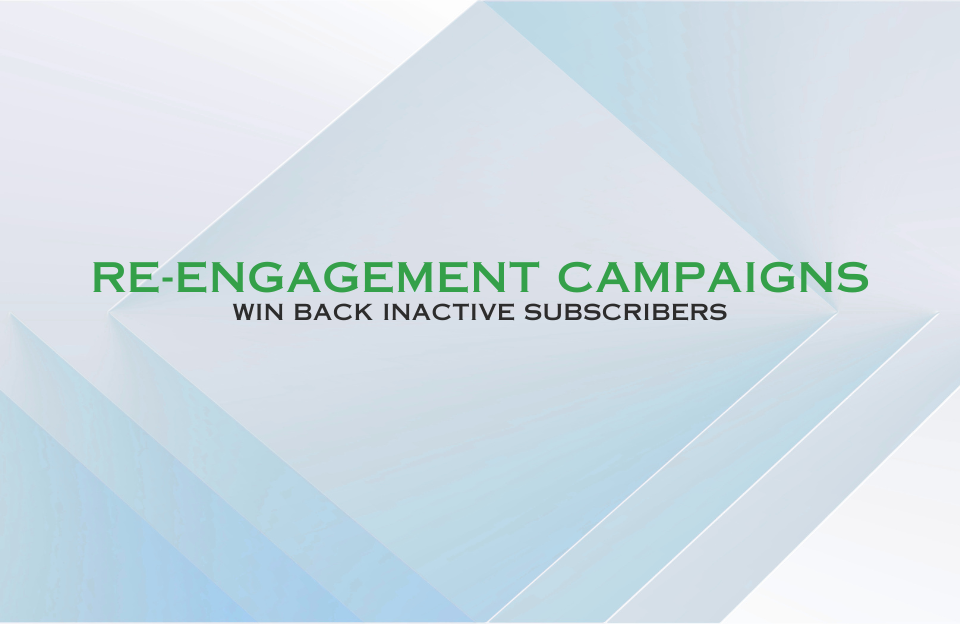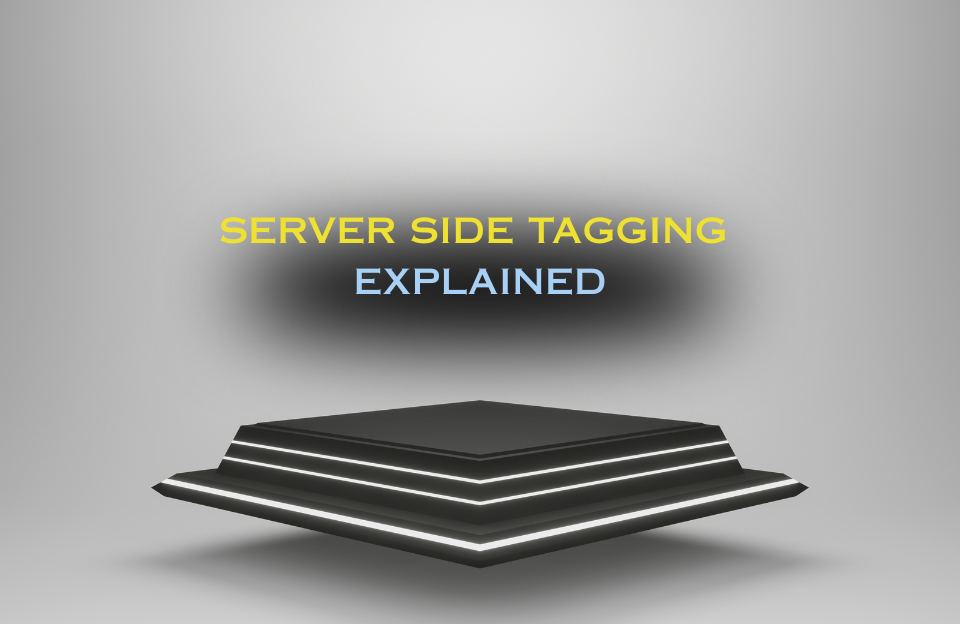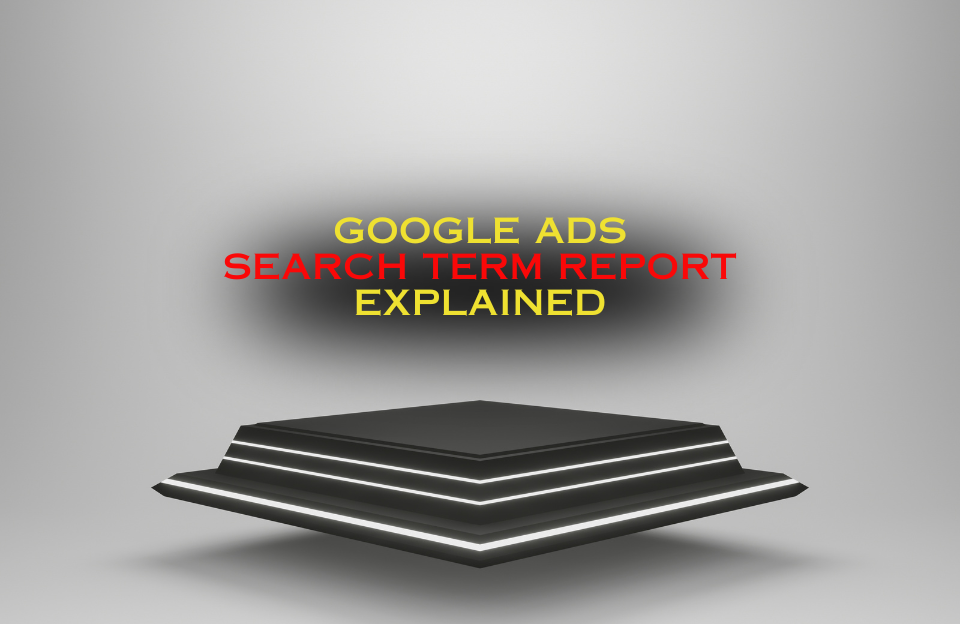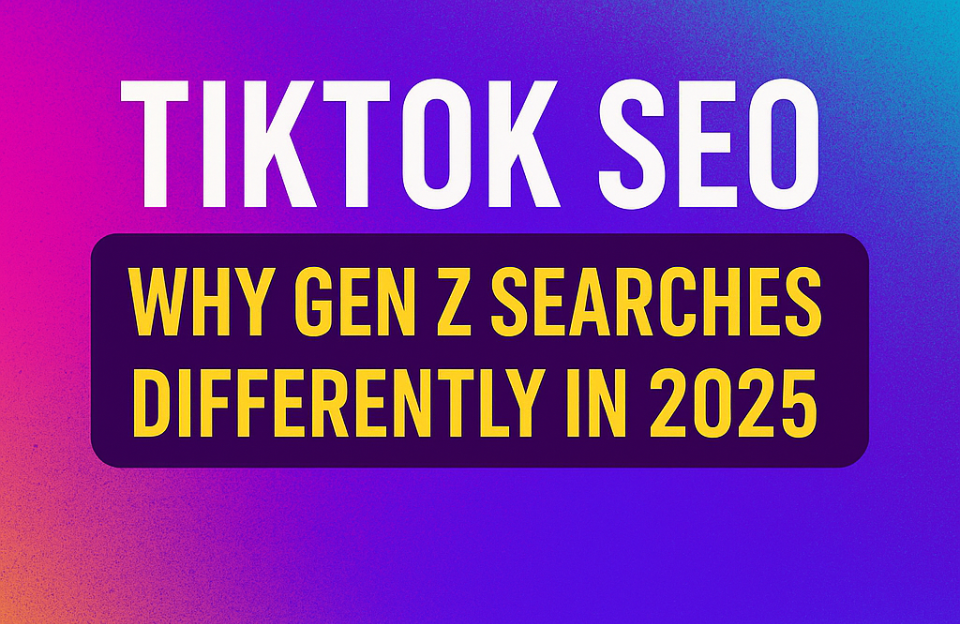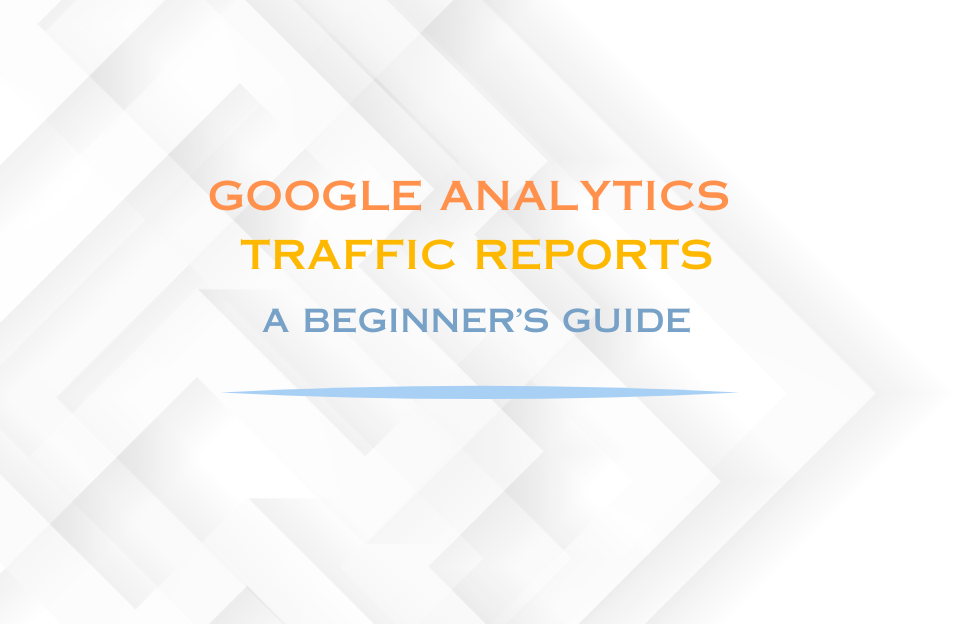Email lists decay over time. Subscribers lose interest, change jobs, or simply stop engaging. But instead of removing them immediately, a well-timed re-engagement campaign can help you win back attention and boost your ROI with minimal extra cost.
What Is a Re-Engagement Campaign?
A re-engagement campaign is an automated email sequence designed to reconnect with inactive subscribers, those who haven’t opened or clicked your emails in weeks or months. The goal is to reignite interest or confirm if they’re still interested at all.
Why Re-Engagement Matters
- Improves deliverability: Inactive contacts can hurt your sender reputation. Re-engaging—or cleaning—keeps your list healthy.
- Boosts ROI: Acquiring new leads is expensive. Retaining disengaged ones is cheaper and often more effective.
- Increases engagement metrics: A simple nudge can revive clicks, opens, and conversions.
- Automates list hygiene: You don’t have to manually prune inactive contacts—let the flow do the work.
When to Launch a Re-Engagement Flow
It depends on your email frequency and audience type, but a typical trigger is:
- After 3–6 months of inactivity: No opens or clicks during that time? Time to check in.
- After key lifecycle events: Post-purchase, trial expiration, or seasonal lulls.
Examples of Effective Re-Engagement Campaigns
- Spotify: Uses “We miss you” messaging, paired with personalized playlists to lure inactive users back.
- Dropbox: Highlights new features the user may have missed and prompts a return visit.
- Headspace: Combines emotional language with a 30% discount on annual renewal to rekindle dormant users.
Re-Engagement Campaign Structure
- Email 1 – Check-In: “Still interested in hearing from us?” Include a CTA to confirm or update preferences.
- Email 2 – Incentive: Offer something extra: discount, free resource, VIP access.
- Email 3 – Last Call: “We’ll stop emailing you unless we hear back.” Create urgency, and include an opt-in button.
- Email 4 – Goodbye: Optional. A final email to let them know you’re unsubscribing them (or reducing frequency).
Tips for Successful Re-Engagement Campaigns
- Use clear subject lines: “Still with us?”, “Let’s reconnect,” or “Do you want to stay subscribed?”
- Keep tone light and respectful: Don’t guilt-trip—emphasize value and relevance.
- Make action simple: Use a clear CTA like “Yes, keep me on the list.”
- Segment smart: Distinguish between never-openers and one-time buyers.
- Test timing and incentives: Some audiences respond to value; others need a discount.
Common Mistakes to Avoid
- ❌ Waiting too long—by then, the contact may have moved on.
- ❌ Using aggressive or guilt-based messaging.
- ❌ Sending only one email and expecting results.
- ❌ Not allowing users to update preferences or choose lower frequency.
What If They Still Don’t Engage?
If a subscriber remains inactive after your full flow, it’s often best to unsubscribe them. Keeping disengaged users harms deliverability, wastes send volume, and skews data. Some brands choose to reduce frequency instead—but only if your platform supports that preference.
Conclusion
Don’t let valuable contacts go cold. Re-engagement campaigns help you clean your list, improve performance, and possibly rekindle long-lost customer relationships. With a clear structure, thoughtful messaging, and good timing, you’ll turn silence into action.
Explore other powerful email flows:
